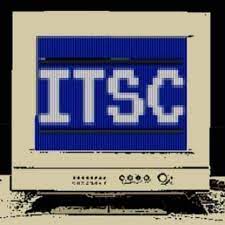The code Clemens M supported worked just fine for ages. And then one day, it broke. It didn't break after a deployment, which implied some other sort of bug. So Clemens dug in, playing the game of "what specific data rows are breaking the UI, and why?"
One of the organizational elements of their system was the idea of "zones". I don't know the specifics of the application as a whole, but we can broadly describe it thus:
The application oversaw the making of widgets. Widgets could be assigned to one or more zones. A finished product requires a set of widgets. Thus, the finished product has a number of zones that's the union of all of the zones of its component widgets.
Which someone decided to handle this way:
zones.reduce((accumulator, currentValue) => accumulator = _.union(currentValue))
So, we reduce across zones (which is an array of arrays, where the innermost arrays contain zone names, like zone-0, zone-1). In each step we union it with… nothing. The LoDash union function expects an array of arrays, and returns an array that's the union of all its inputs. This isn't how that function is meant to be used, but the behavior from this incorrect usage was that accumulator would end up holding the last element in zones. Which actually worked until recently, because until recently no one was splitting products across zones. When all the inputs were in the same zone, grabbing the last one was just fine.
The code had been like this for years. It was only just recently, as the company expanded, that it became problematic. The fix, at least, was easy- drop the reduce and just union correctly.
This post originally appeared on The Daily WTF.
